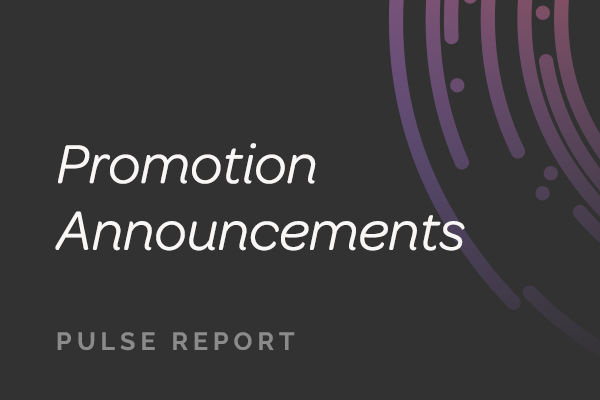
Part of a series of blogs expanding on the findings of the latest ROI Benchmark.
Communicators may have different styles, but we’re all united by an urge to reach out, connect and express ideas. This is why it’s so frustrating when it feels like no one’s listening. A churning, pressurized marketplace and the ongoing digital ecosystem expansion (or digital disruption, like AI) is leaving many communications teams finding themselves presiding over a noisy, cluttered environment where distracted audiences dismiss carefully crafted messages.
It’s more important than ever to understand what makes employees want to listen. The latest ROI Benchmark lists engagement and retention as a top focus for 78% of communicators. The communications function is uniquely positioned to help employees understand and thrive in conditions of uncertainty, but first we as communicators need to become better listeners ourselves.
A listening strategy is a great way to uncover the root causes behind employee behavior and increase your sensitivity to the challenges they’re facing. Incorporating what you learn into your comms plans can create a virtuous circle that results in greater engagement and less attrition. There are many different ways to listen, but they all share a few common qualities:
Empathy
Remember that people are employees, not job titles. They’ll be saying things you might not want to hear, so get comfortable with discomfort and take their concerns seriously. It’s also important to make the listening process easy for them, rather than adding another burden and courting survey fatigue.
Diversification
To that end, be sure you try out a number of different options to keep things fresh and capture a wide range of input. Some options to consider include:
- Soliciting a mix of written and in-person feedback since everyone has different communication preferences
- Establishing a channel for anonymous feedback and encouraging non-anonymous feedback without repercussions
- Creating opportunities across many channels: all-hands polling, enterprise social media, team meetings, growth conversations, focus groups, etc.
- Looking outside your owned channels at sites like Glassdoor, where comments might be less guarded
- Considering both qualitative and quantitative feedback — not just what employees are saying, but where, how and when they’re motivated to speak
Protection
The privacy of employees should be a top consideration. Whether it’s anonymous or not, feedback must not be used against employees. If they feel like they will face retaliation or that their identities are not being protected, they’ll lose all sense of trust.
Follow-through
All the listening strategies in the world won’t make a difference if nothing comes of it. Draw direct lines between what you’ve heard and the actions the company has taken to address it. Reciprocate employees’ openness by being as transparent as possible about processes and challenges.
Repetition
Make sure that listening isn’t a one-and-done activity, but an ongoing aspect of your communications culture. Identify the moments that matter — e.g., onboarding, promotions, planning and closing a campaign — and make it clear that you’re always open for feedback.
Taken together, these considerations can inform the foundation of a successful listening strategy. But don’t take our word for it — if you do it right, you’ll hear all about it directly from employees themselves. And hopefully, they’ll be ready to hear from you, too.
More about The ROI Benchmark:
Contributor:
Jeff Lewonczyk
Director, Specialist
Jeff is a strategist and award-winning illustrator with a background in theater, music and arts advocacy. A resident of Brooklyn, he directs musical comedies and helps clients connect with their audiences through visually compelling stories and messaging.







